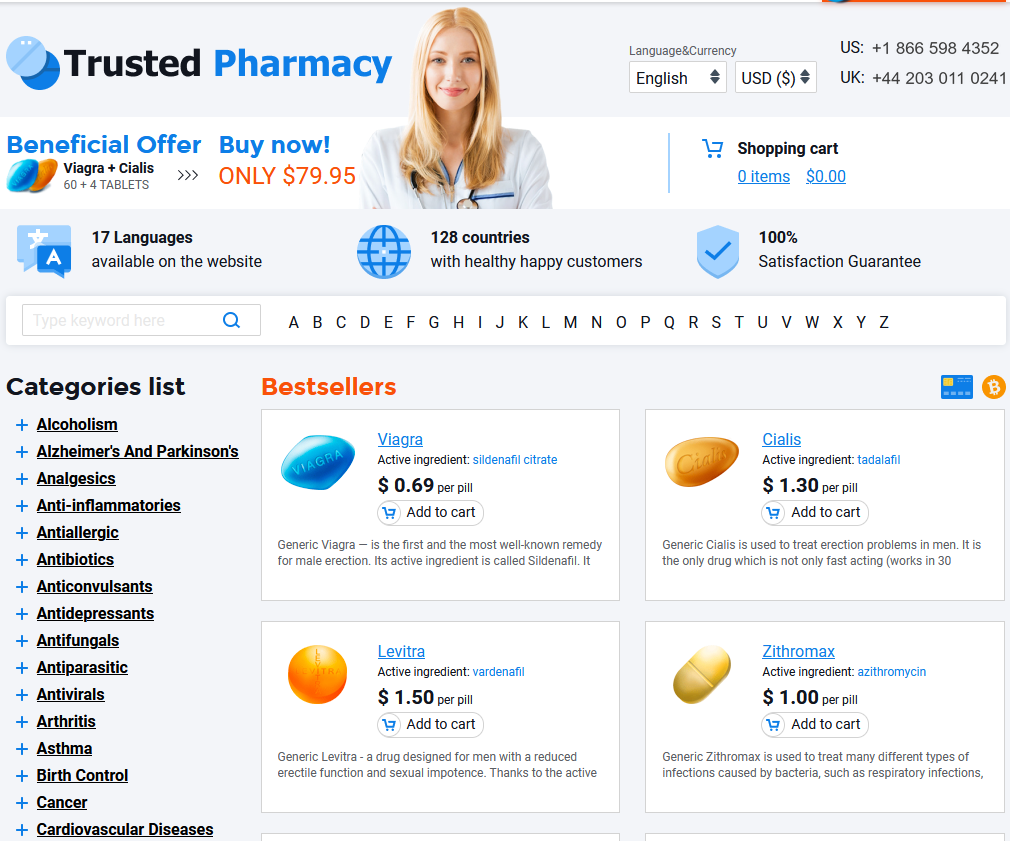To Visit Online Pharmacy Click HERE ↓
Propranolol for Anxiety: Effectiveness and Safety
How Propranolol Works to Calm Anxiety Symptoms
Imagine standing before a crowd, heart pounding, palms sweating, and mind racing with anxious thoughts. Propranolol steps in quietly, not by silencing your worries directly, but by calming the storm of physical symptoms that often fuel panic. As a beta-blocker, propranolol blocks adrenaline’s effects on the body, taming the heart rate, shakiness, and trembling that can make anxiety feel overwhelming.
This medication doesn’t alter your mood or thinking—it specifically targets the body’s “fight-or-flight” reactions. For many, this means gaining control in anxiety-provoking situations, whether it’s speaking in public or facing a stressful event. People who experience intense physical manifestations of anxiety often find propranolol’s calming effect transformative.
| Effect | How Propranolol Helps |
|---|---|
| Rapid heartbeat | Lowers pulse rate |
| Trembling | Reduces muscle shakes |
| Sweating | Helps control perspiration |
Comparing Propranolol with Other Anxiety Medications

Many people are surprised to learn that propranolol works differently from traditional anxiety medications like SSRIs or benzodiazepines. Unlike these drugs, which target brain chemicals directly related to mood, propranolol is a beta-blocker that helps minimize physical symptoms like a racing heart, trembling, or sweating by blocking adrenaline’s effects on the body. This can be particularly helpful for individuals experiencing situational or performance anxiety.
While medications such as SSRIs are typically used for ongoing anxiety management, propranolol is often taken only as needed, such as before public speaking or a stressful event. Its fast-acting benefits and lower risk of dependence make it an appealing option for many.
Common Uses of Propranolol Beyond Blood Pressure
Many people first encounter propranolol as a treatment for high blood pressure, but its reach extends far beyond that role. This beta-blocker is widely used to manage physical symptoms of performance anxiety, such as rapid heartbeat and trembling, which is why musicians, speakers, and actors often consider it a backstage staple. In certain cases, healthcare providers also prescribe propranolol for migraine prevention and to reduce the frequency of angina attacks.
Additionally, propranolol has shown promise in controlling symptoms associated with overactive thyroid (thyrotoxicosis) and even some types of tremors. These diverse applications highlight the medication’s versatility and growing significance in managing various health concerns.
Real-life Experiences: What Patients Report

For many living with anxiety, propranolol has become a discreet companion, especially during stressful events like public speaking or important meetings. People often describe how a single dose, taken shortly before an anxiety-inducing situation, helps them feel physically steadier—reporting noticeably reduced shaking hands, pounding heartbeat, and rapid breathing. This often allows them to focus on their performance instead of being overwhelmed by visible anxiety symptoms.
Some users share that propranolol’s calming effects kick in within an hour, helping to break the cycle of anticipating anxiety attacks. It’s noteworthy that many do not experience a sedative effect, which sets propranolol apart from other medications and allows users to maintain alertness during crucial tasks. This makes it especially popular among performers, professionals, and students.
However, personal responses can differ. While many praise its reliability for managing physical symptoms, people also note propranolol doesn’t directly address the mental aspect of anxiety, such as excessive worry. Despite this, countless patients appreciate having a tool that grants them greater confidence in challenging situations, often recommending it as a practical option after consulting with their healthcare provider.
Potential Side Effects and Safety Considerations
While propranolol often brings relief for those facing the physical symptoms of anxiety, it’s important to recognize that no medication is free from side effects. Some people may experience fatigue, dizziness, or cold extremities. Others report sleep disturbances or a slowed heart rate. These effects are generally mild, but they can sometimes cause discomfort or concern, especially during the early days of treatment.
In rare cases, propranolol may worsen breathing issues in people with asthma or certain heart conditions, so these individuals should exercise extra caution and consult their healthcare provider. Long-term or high-dose use may also mask symptoms of low blood sugar in people with diabetes, making it essential to monitor one’s health closely.
Here’s a quick overview of common side effects:
| Side Effect | Frequency |
|---|---|
| Fatigue | Common |
| Dizziness | Common |
| Cold hands/feet | Common |
| Sleep disturbances | Occasional |
| Breathing issues | Rare |
Tips for Talking to Your Doctor about Propranolol
When considering propranolol for anxiety, it’s essential to approach your doctor with open, honest communication. Share specifics about your symptoms, triggers, and how anxiety impacts your daily life. Asking questions about how propranolol compares to other treatments can help you make an informed decision.
Bring a list of any current medications, medical conditions, or past experiences with anxiety drugs. Don’t hesitate to discuss concerns about side effects, or if you’re worried about how propranolol could affect your work or lifestyle. This ensures a tailored, safe treatment plan.

